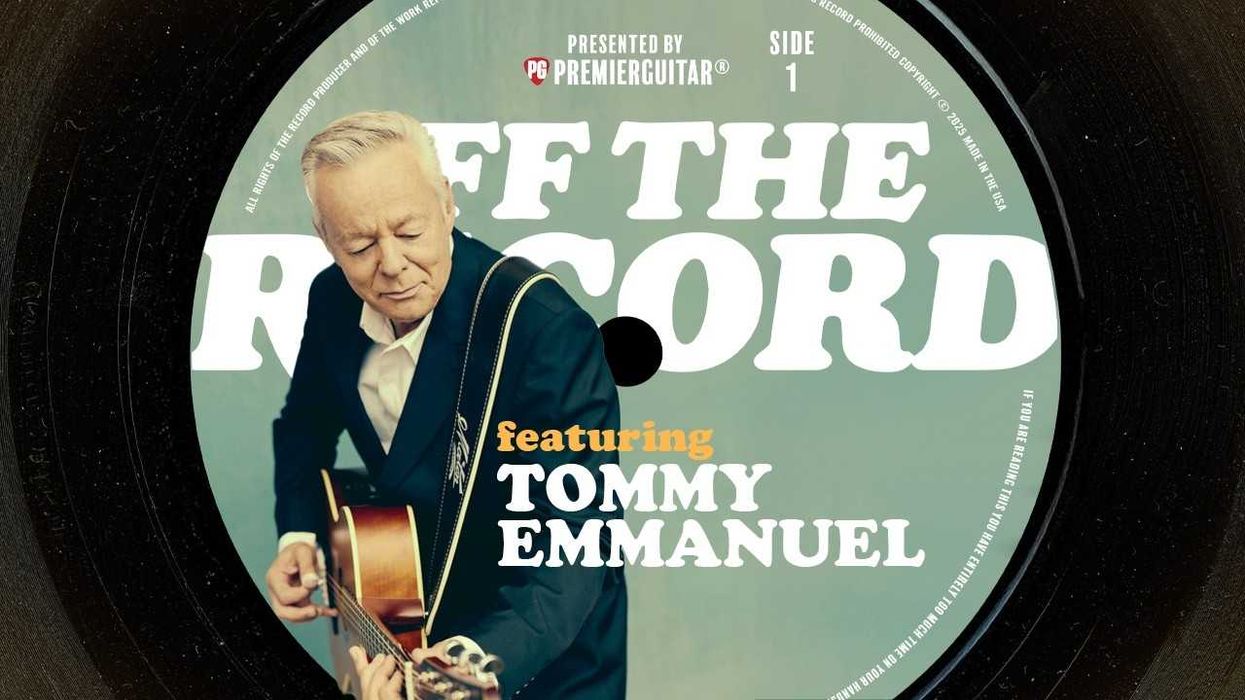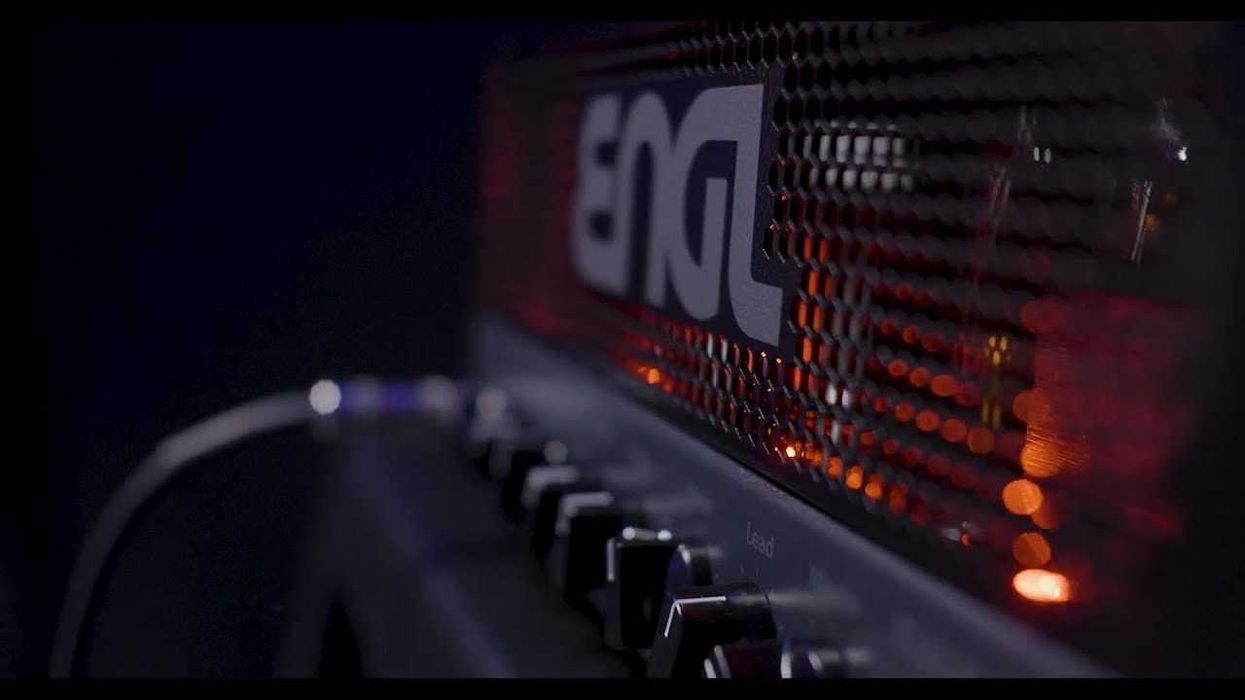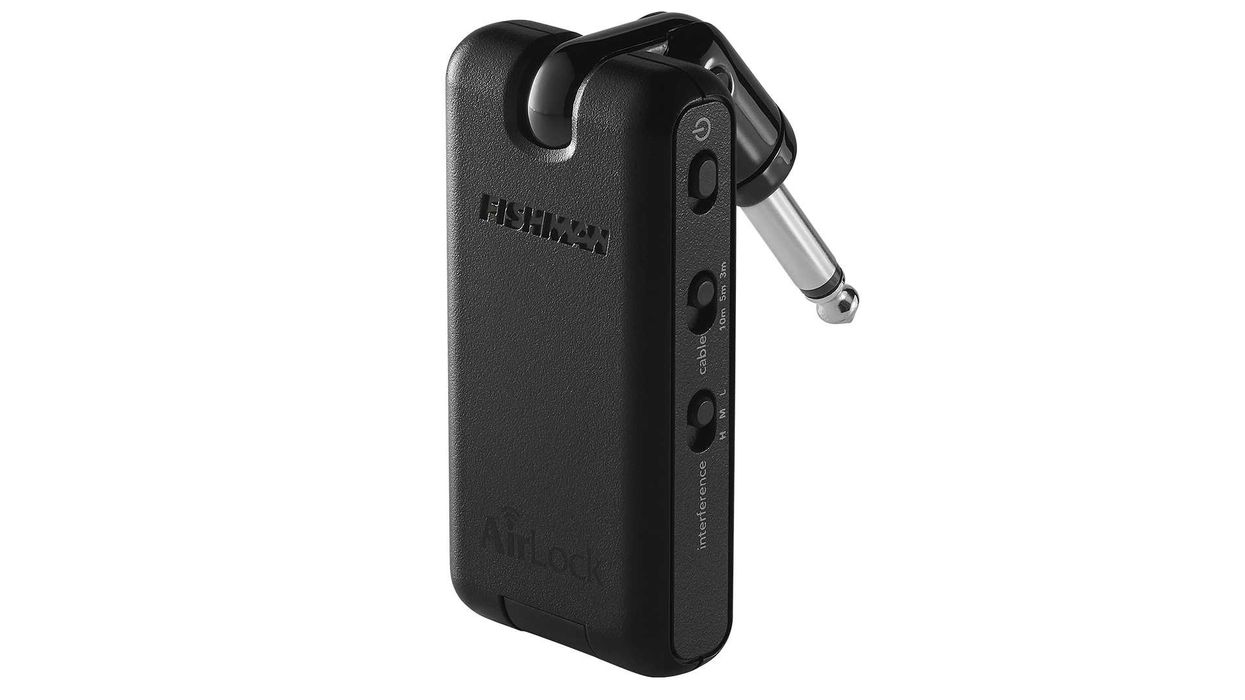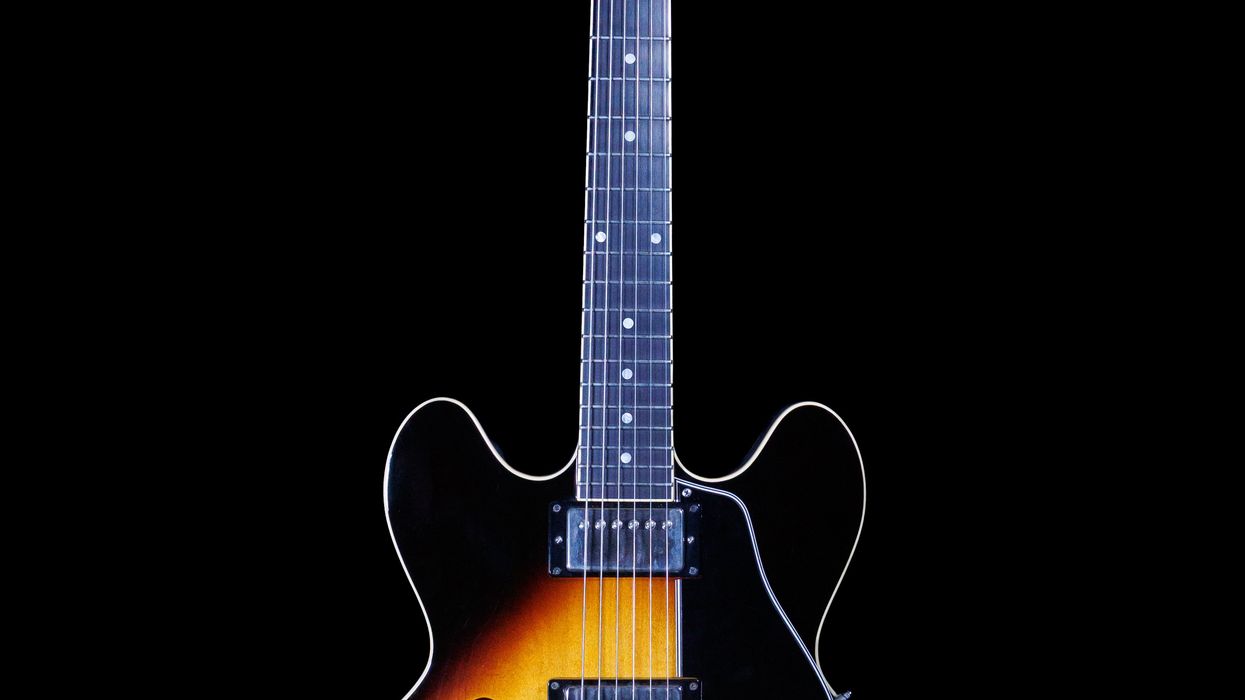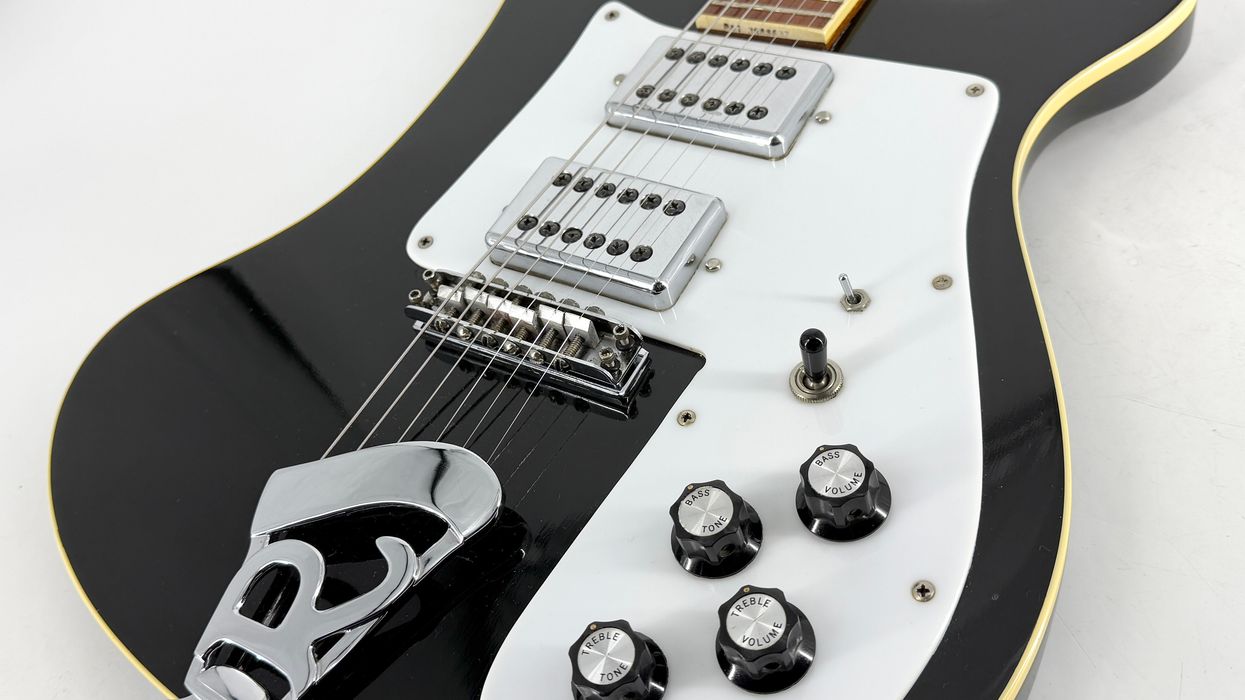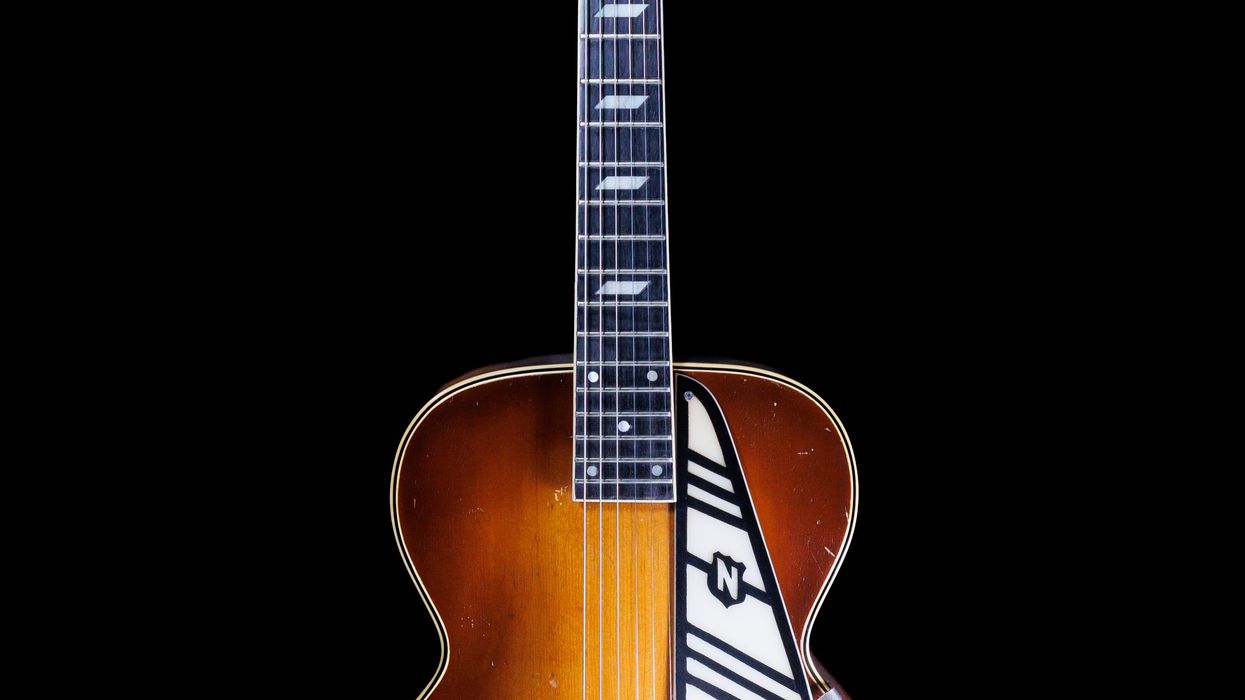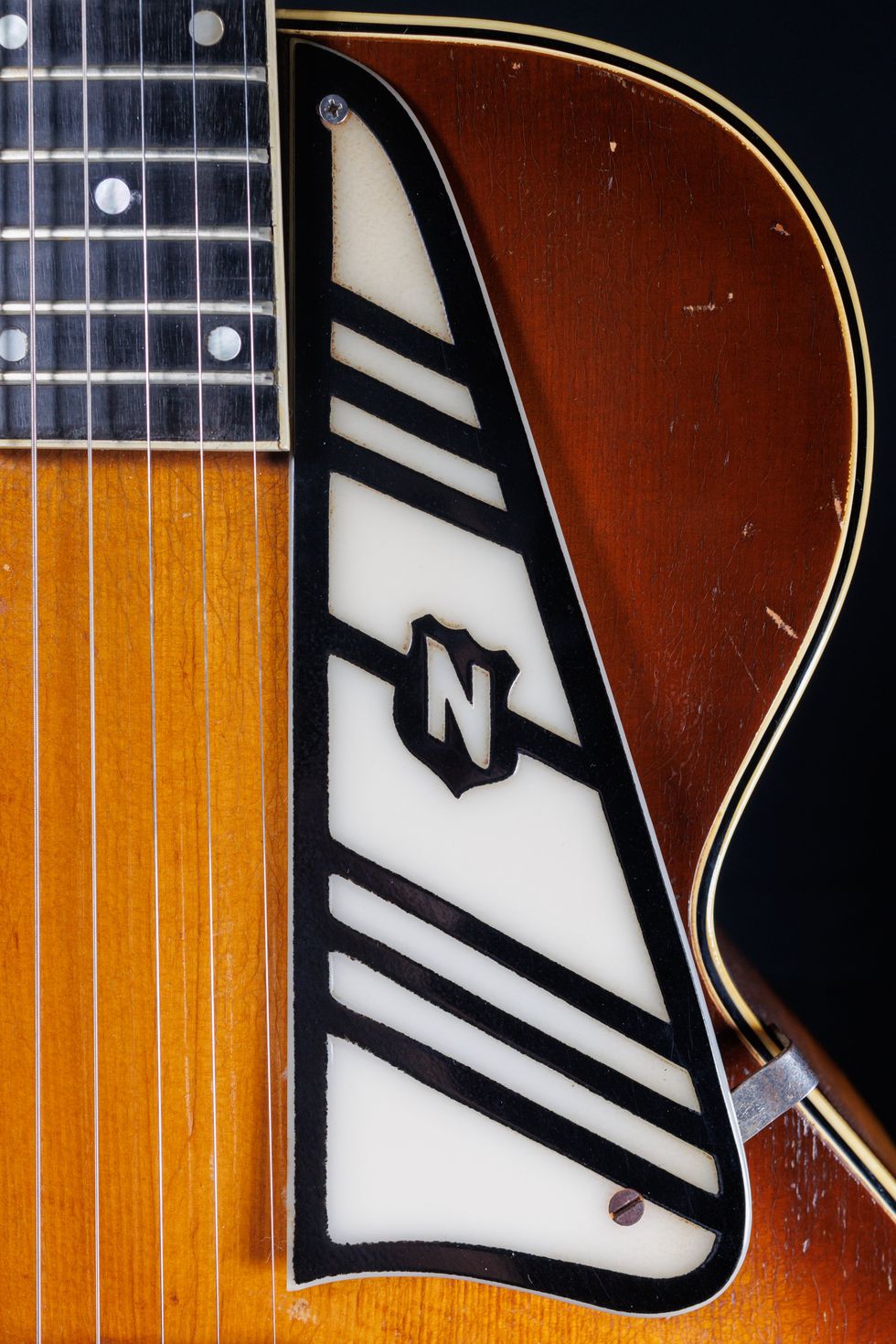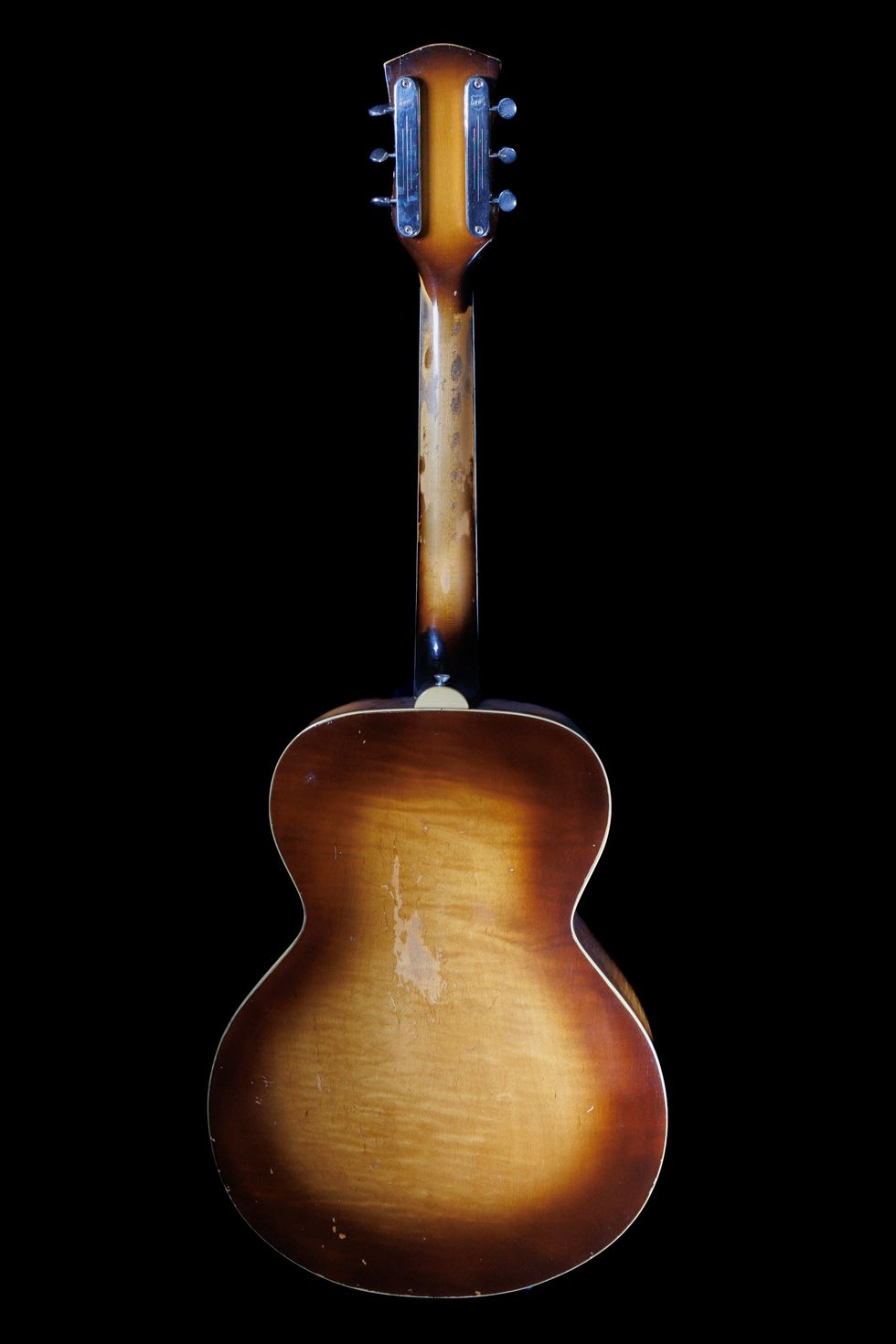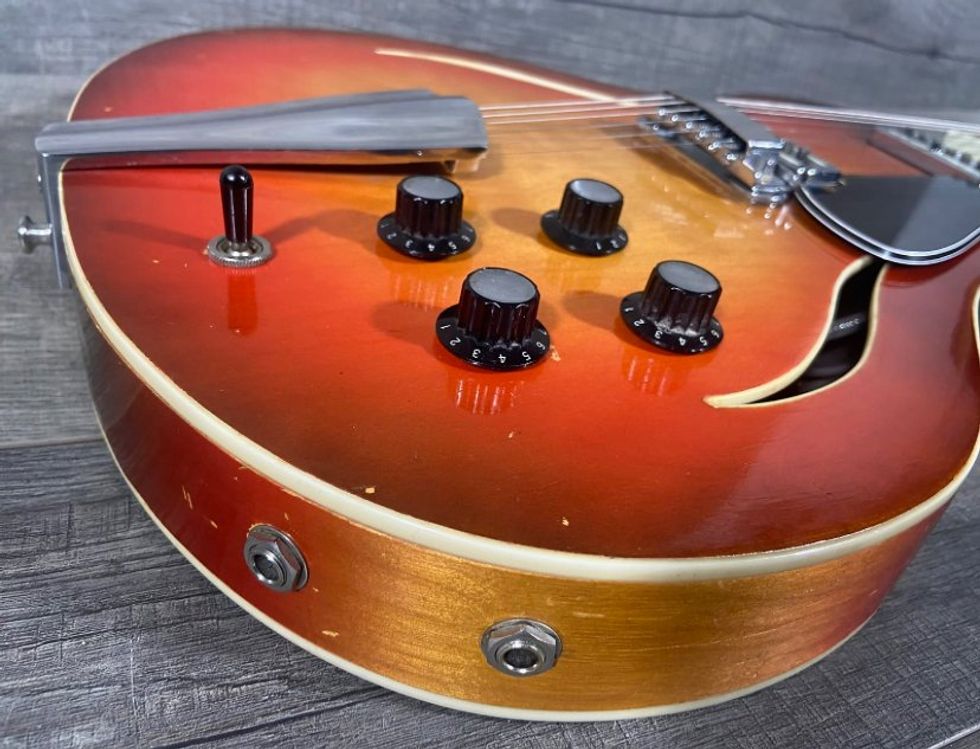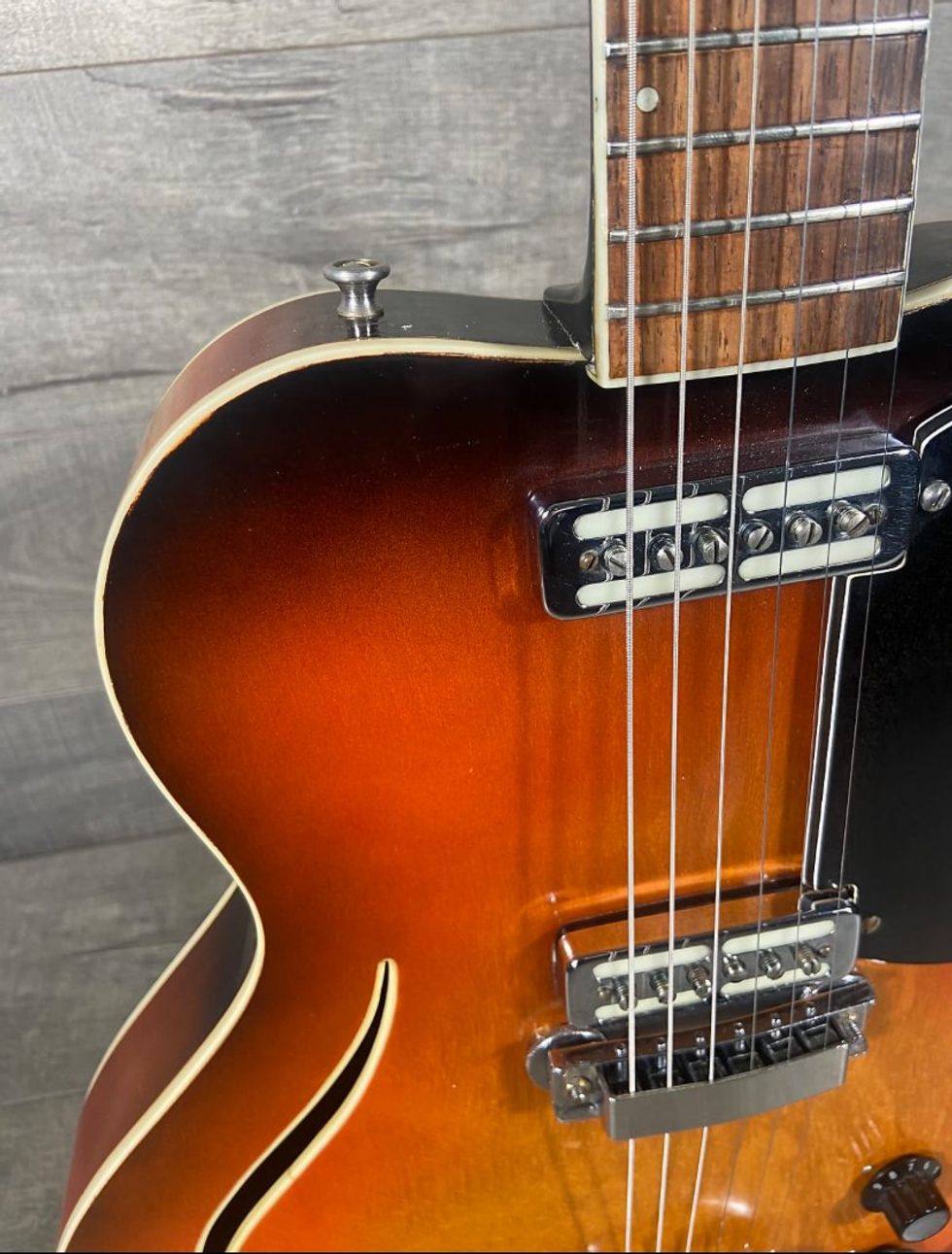I recently borrowed a guitar from a friend and accidentally got his whammy bar mixed up with the one from my PRS. Midway through my apology and explanation, I realized my friend was staring at me. “I just didn't think you’d have a PRS,” he said, baffled.
I am one hundred years old, so I remember when PRS guitars began creeping into the pages of my guitar magazines in the mid ’90s. While legends like Al Di Meola had long been on board with PRS, he played jazz. As an aspiring shred-hero-demon-master, I had little patience for jazz. It was seeing Dave Navarro and Mark Tremonti with PRS guitars in the pages of guitar magazines that made me sit up and take notice. Those guys were on VH1, and I planned to be cool like them.
Somewhere along the line, PRS began to become associated with a very different type of guitar player. They became “dentist guitars,” as coined by the denizens of Reddit: expensive yet mainstream instruments with a flashy look, a status symbol of the elite and untalented. Certainly not a tool for a real musician.
Why do certain guitars get these scarlet letters? And why are we so quick to buy into the notion of, “Oh, that guitar’s not for me,” because of a vibe we got from Instagram?
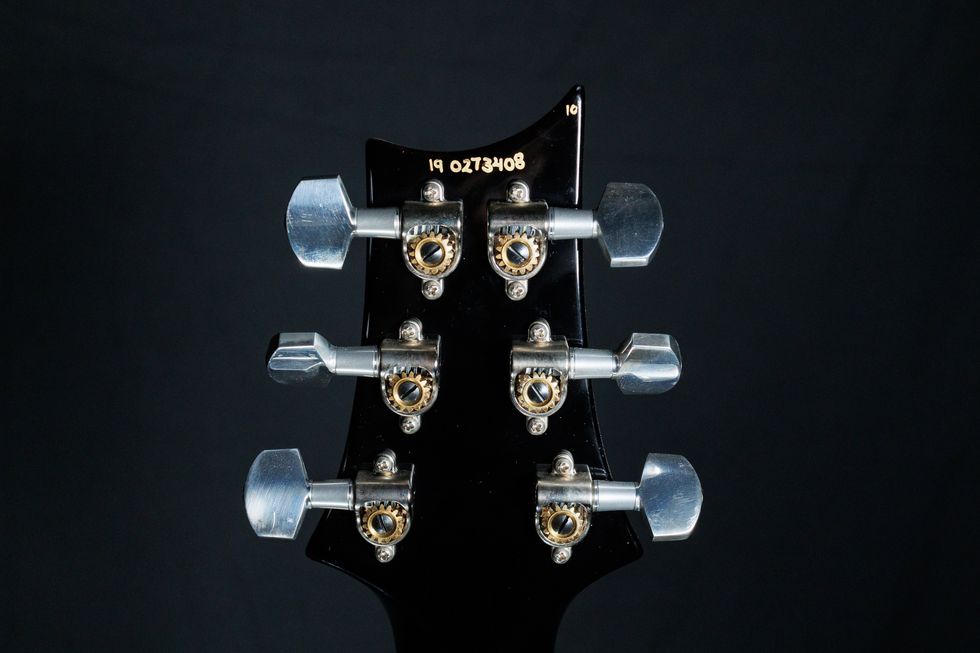
That tiny 10 tells us that this guitar features a 10-top, a designation reserved for the company’s finest figured-maple models.
It’s not easy to divorce ourselves from the reality curated by internet influencers. But at Fanny’s House of Music, we occasionally find the strength to peek behind the digital curtain. We are delighted to report there are some great guitars back here! Take, for instance, this 2019 PRS Custom 24-08. It has a special-ordered “10-top,” a designation reserved for only the finest figured maple tops PRS produces. The desirable and collectible nature of PRS 10-tops has very little to do with how playable the guitar is. Their rarity drives up their price, fueling the anti-dentist hordes on the internet.
“It’s not a red guitar that screams, ‘I’M A RED GUITAR’—it’s more subtle and refined.”
If you take the horde wisdom as gospel, what you may not discover beneath the almost three-dimensional flame is an instrument with soul. There’s something special about this guitar. It’s hardly been played, but it’s begging to be. The edges of the fretboard are perfectly rolled and the pattern-thin neck shape—which feels, to this author, like a slightly thinner ’60s Gibson slim-taper neck shape, although your mileage may vary—is invitingly shaped like the palm of your hand. The PRS 85/15 pickups pack plenty of oomph, but not so much oomph that even the clean channel on your amp sounds distorted. There’s warmth to them, but also clarity. It’s a musical sound that kept me contentedly noodling in the electric guitar room at Fanny’s for an almost uncomfortable amount of time. (Thanks, as always, to the nonjudgemental and endlessly patient employees of Fanny’s.)
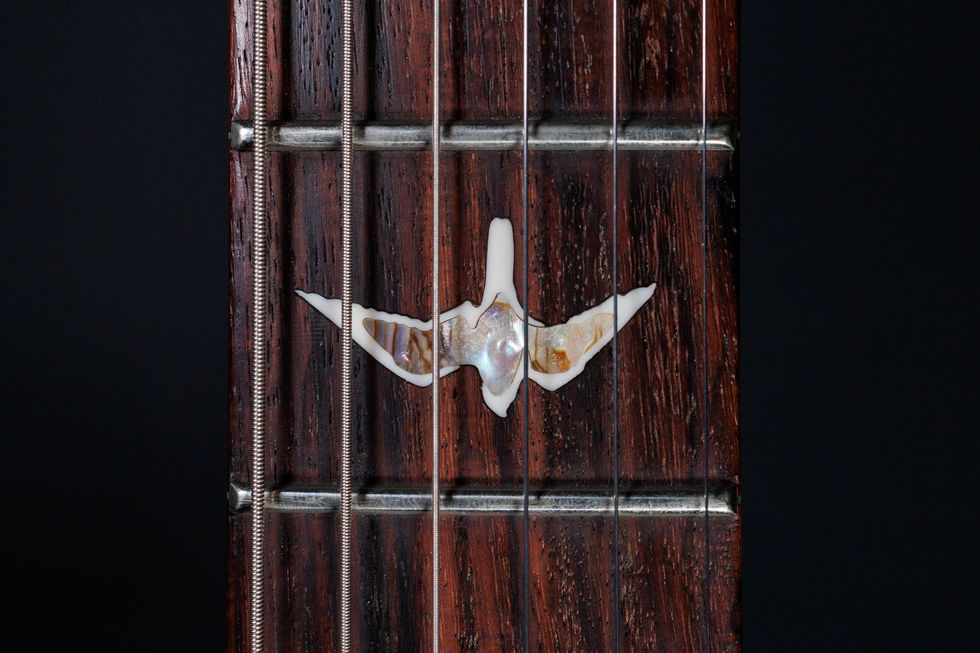
This instrument features PRS’s pattern-thin neck shape, which measures 1 11/16" at the nut.
Perhaps there’s a lesson in anti-anti-snobbishness to be learned from the handsome deep-red finish of this guitar, curiously called “Angry Larry.” It’s a dark red, with an almost purple hue in some light. It’s not a red guitar that screams, “I’M A RED GUITAR”—it’s more subtle and refined. According to PRS forum lore, while trying out new finishes, PRS Sales and Marketing Manager Larry Urie took a shine to the dark red. Coincidentally, his white skin would occasionally, under certain circumstances, acquire a strikingly similar color. The folks at PRS decided to name it “Angry Larry” in his honor, although it has been occasionally reported that he’s not an especially angry guy. Someone trying to perfectly orchestrate their internet persona might take umbrage to the association, but not Urie. He has taken it in stride and can be seen posing with the guitar on the social media of Chuck Levin’s Washington Music Center, making a humorously scrunched-up angry face.
Maybe fancy flame tops aren’t your thing. That’s fine! But if you don’t have a strong opinion on fancy flame tops, this PRS Custom 24-08 kindly requests that you avoid allowing a pitchfork-wielding crowd to shape it. Whatever your “thing” is, you can discover it by getting a lot of guitars in your hands. Do you like the way it sounds, plays, and looks? Then it’s a great guitar for you. The next time you visit Fanny’s or any great guitar store, pack an open mind. You may find you have more in common with dentists than you thought.
Sources: prsguitars.com web site and forums
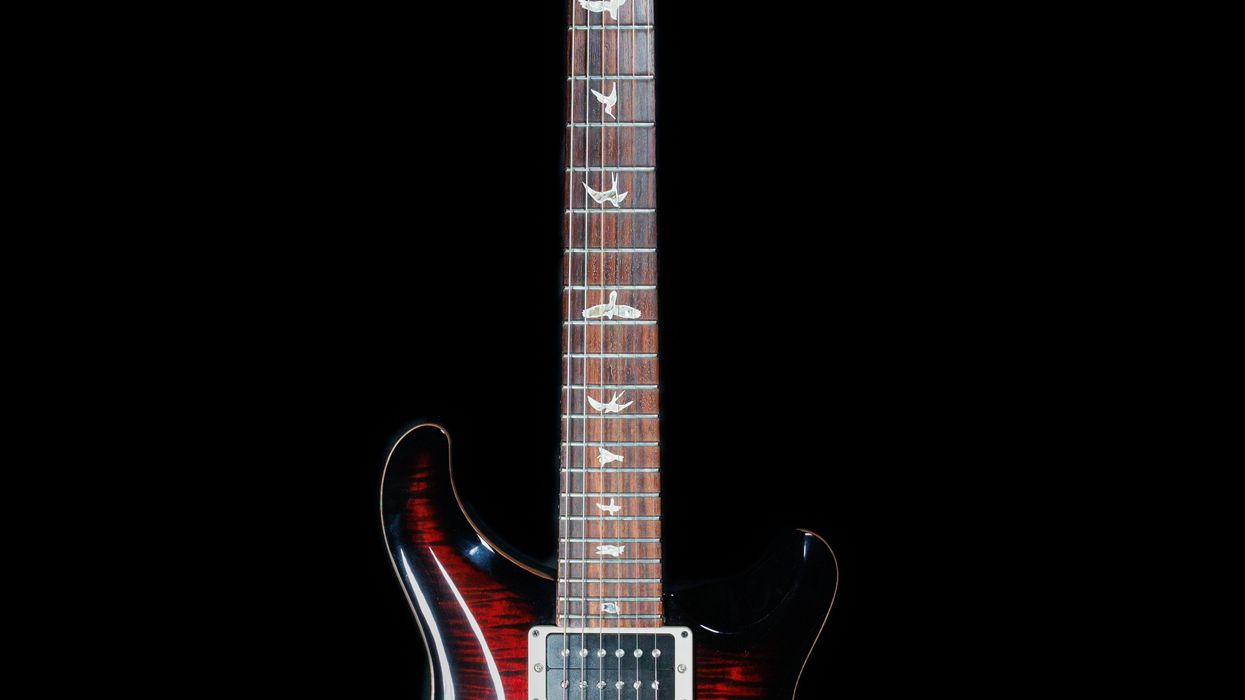

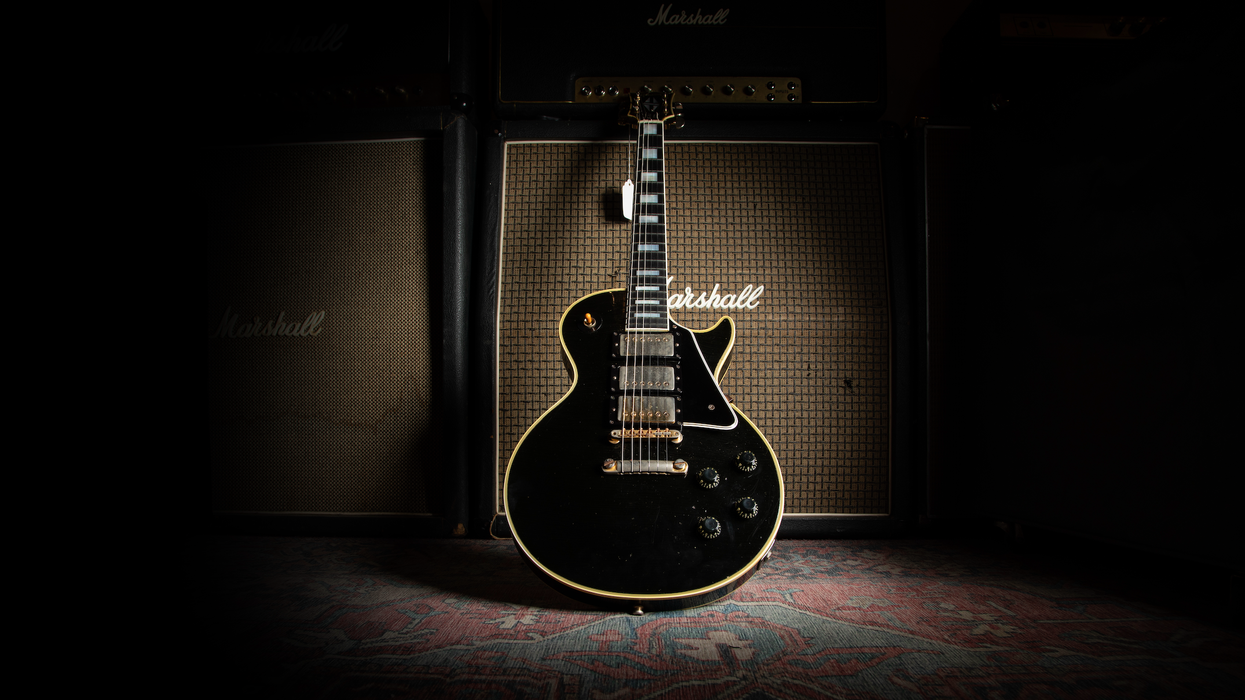
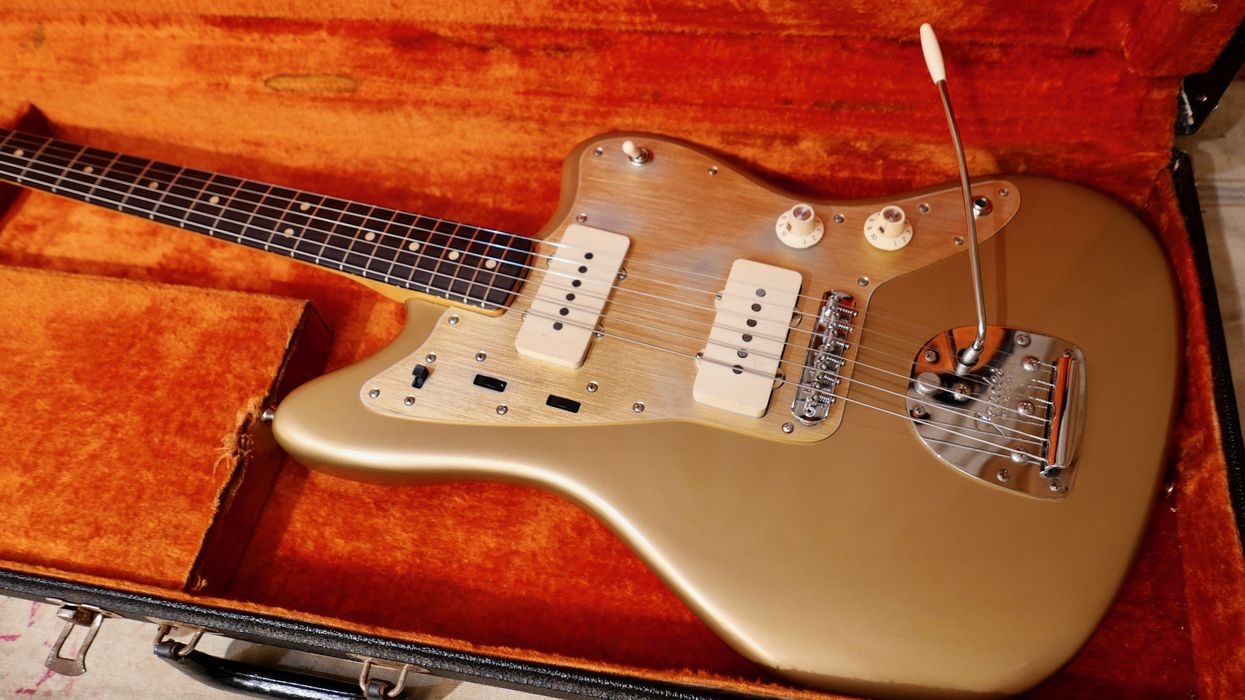
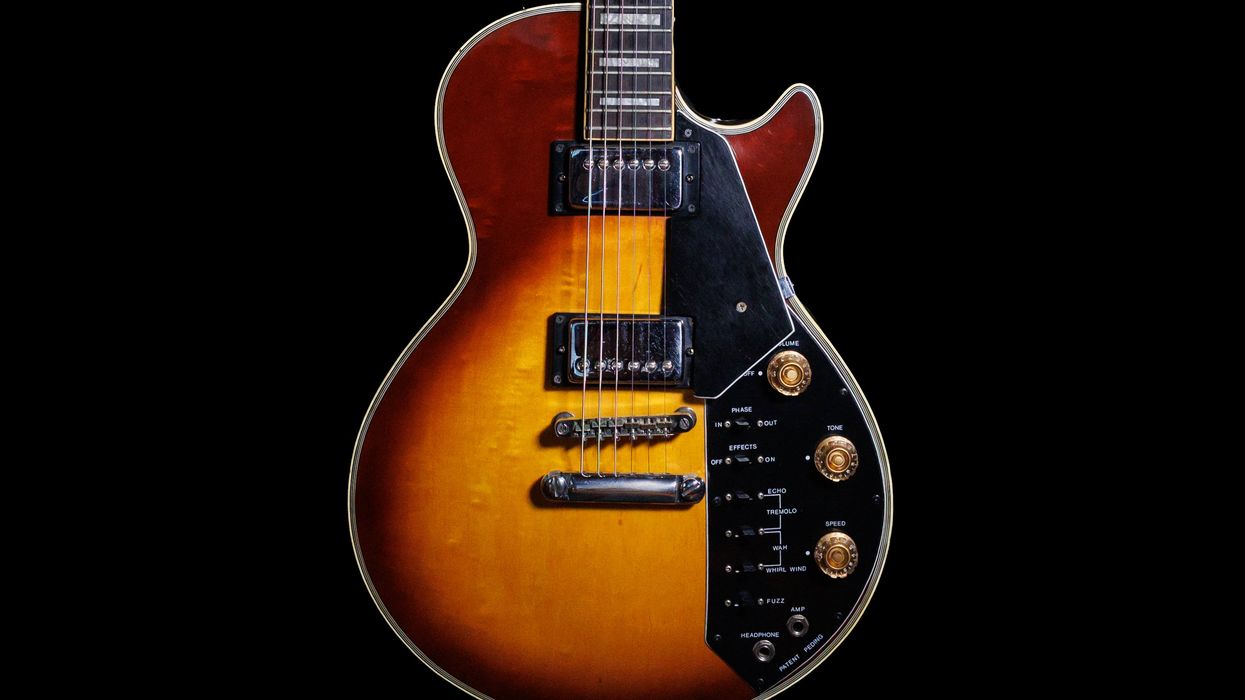
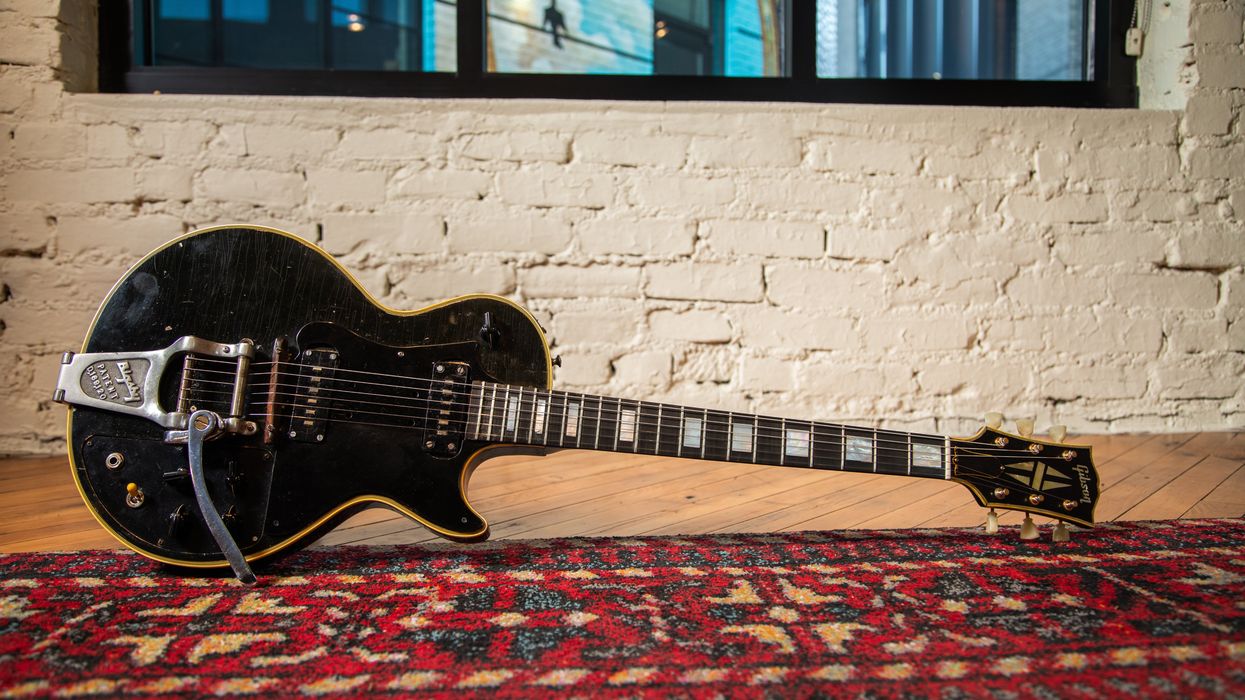

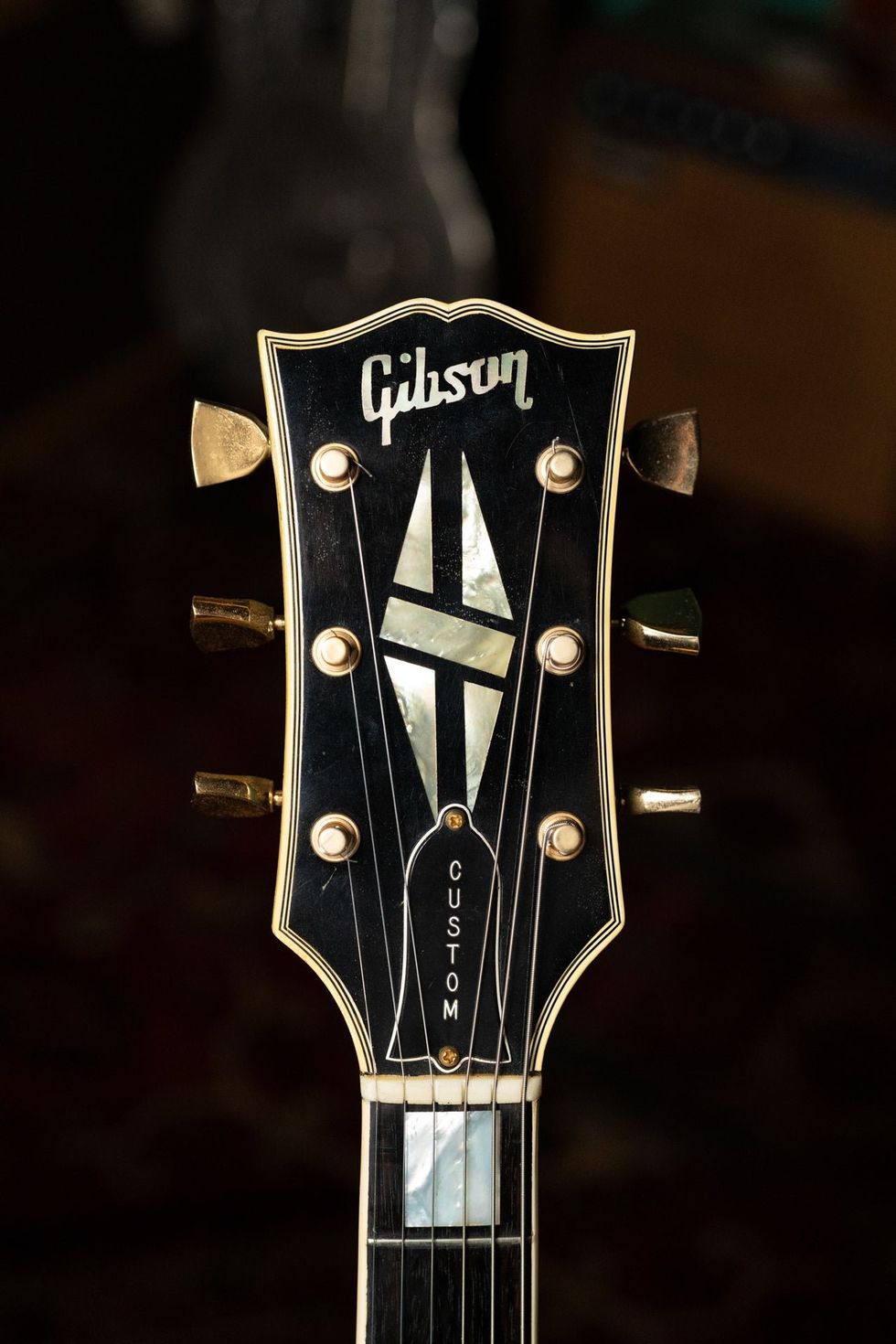
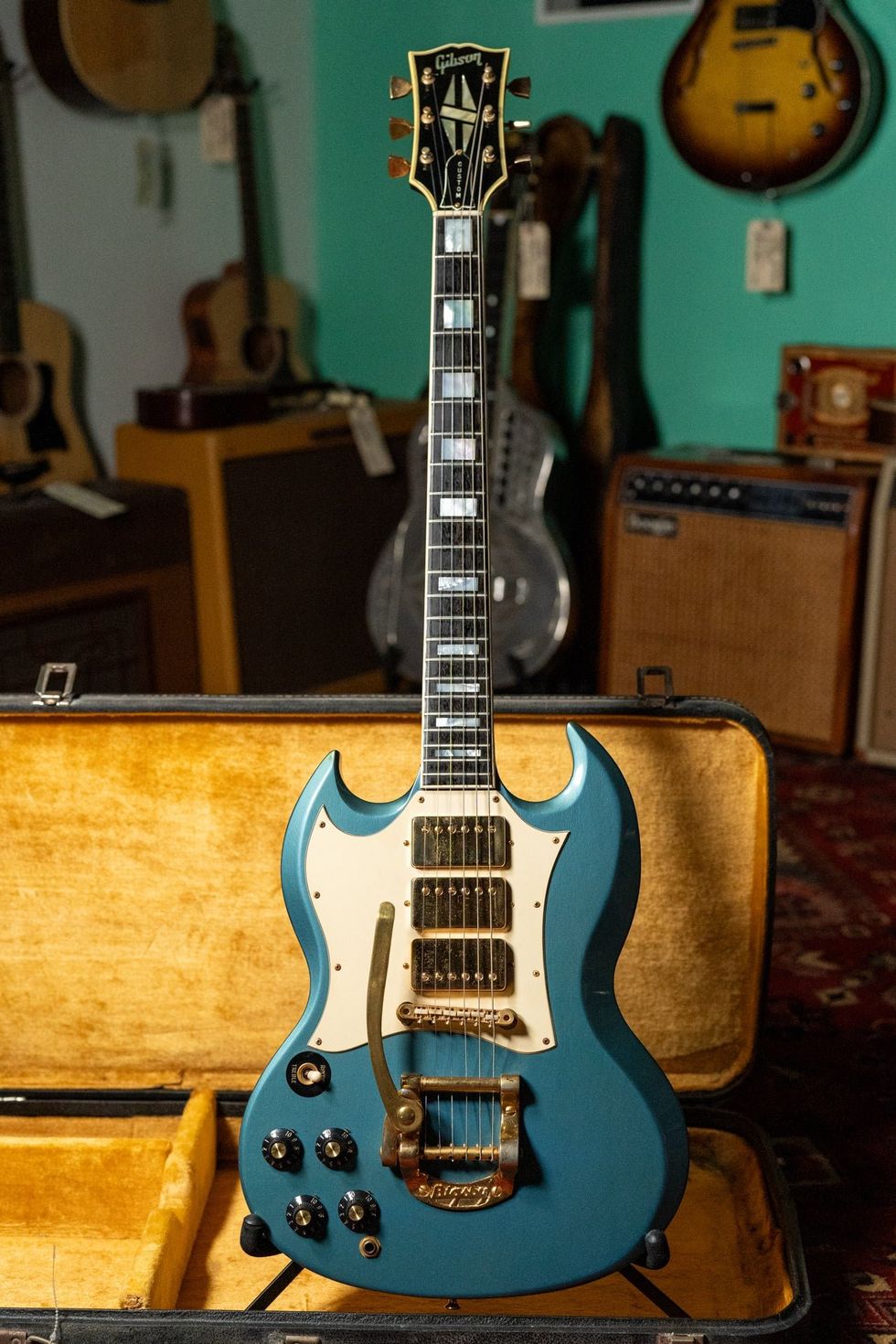 Whether or not Jimi Hendrix actually played this guitar might come down to how lucky its buyer feels.Photo courtesy of Imperial Vintage Guitars Reverb Shop
Whether or not Jimi Hendrix actually played this guitar might come down to how lucky its buyer feels.Photo courtesy of Imperial Vintage Guitars Reverb Shop
